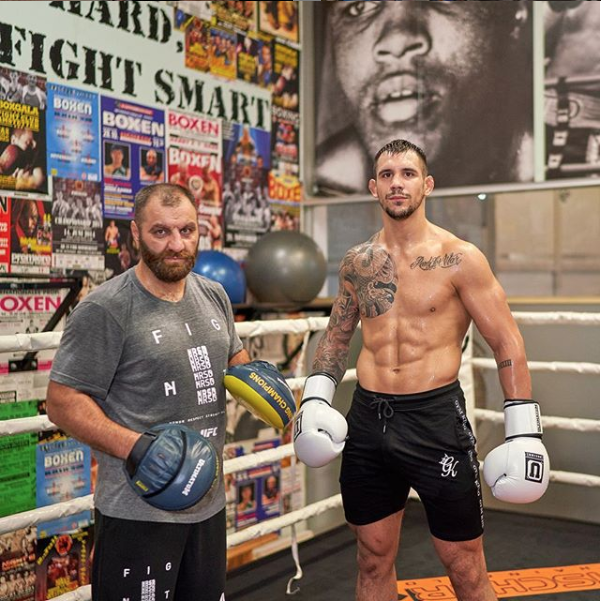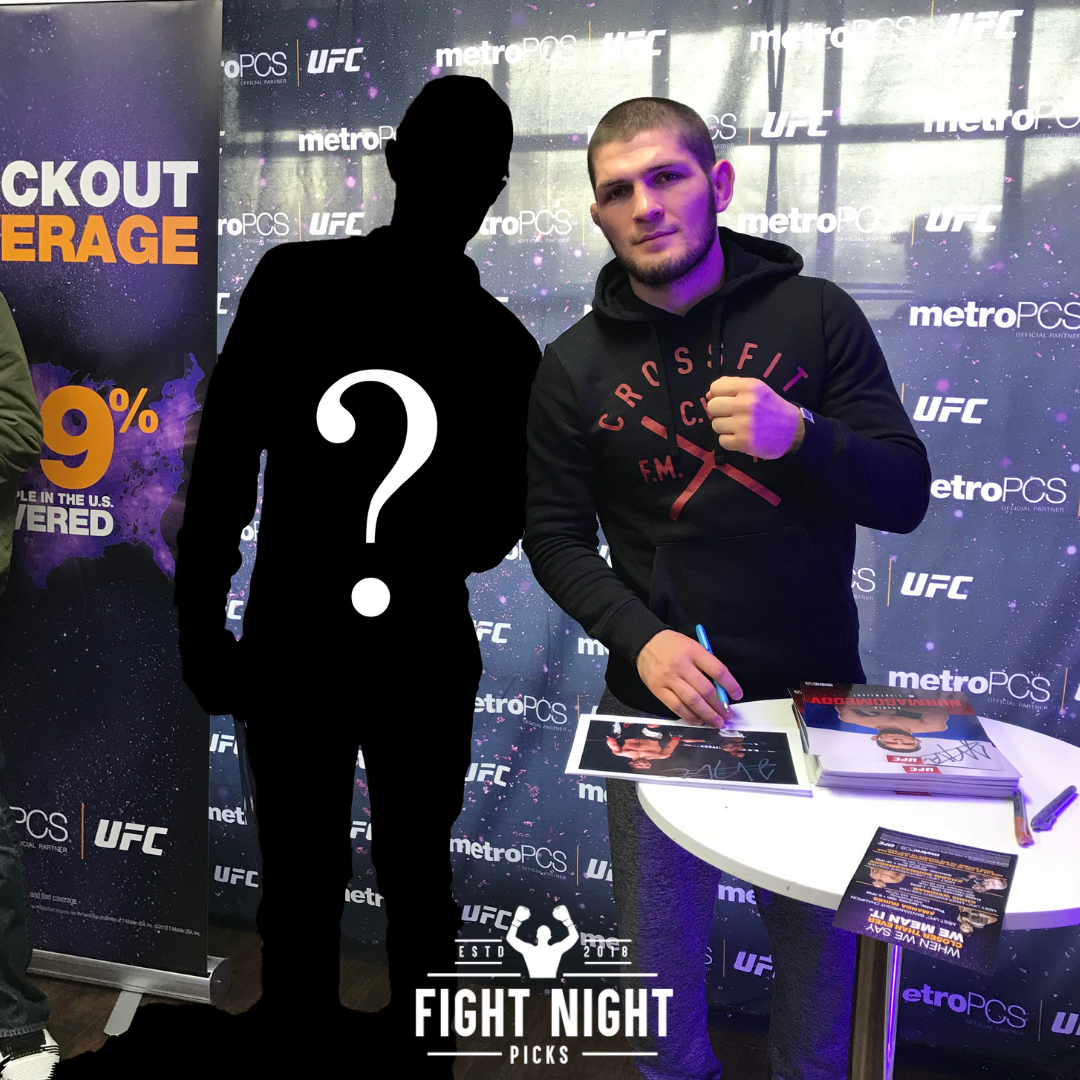
The Plight of “Joe” Casual
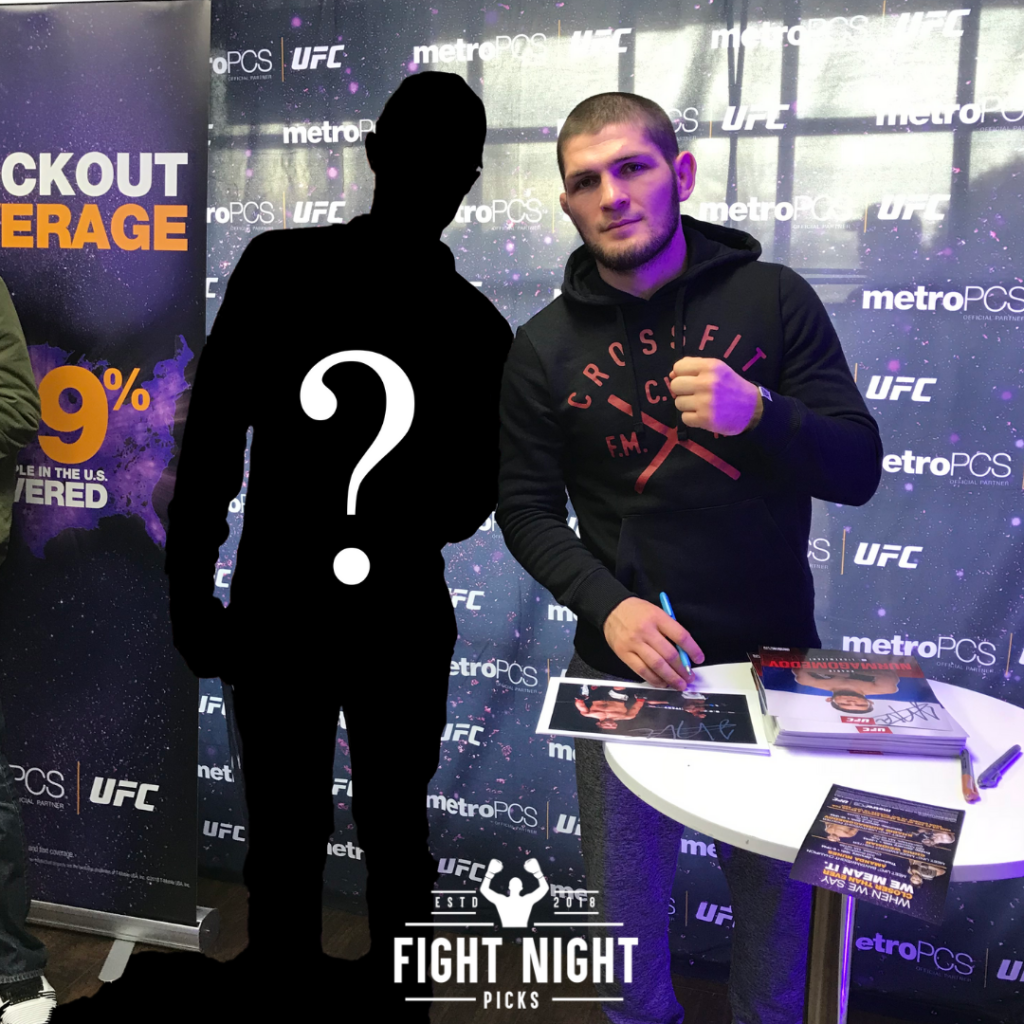
You’re scrolling through Twitter when suddenly hit by a wave of anti-UFC, pro-Conor, or overwhelmingly negative posts regarding the topic of the day. What’s become commonplace on MMA social media has divided fans, and in the eyes of many you’re classified as either a hard-core fan or a lowly casual.
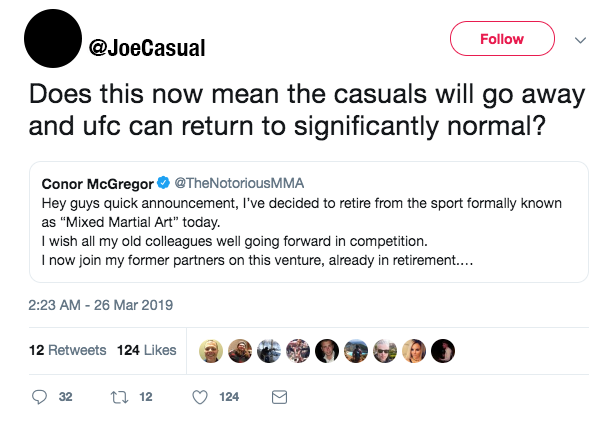
This sentiment tends to rear its head when promotions choose to book so-called “freak fights”, or matchups that tend to please a broader spectrum of combat sports fans. A look back at 2018 saw major bookings and controversial out-of-cage antics, including RIZIN’s decision to pair Japanese kickboxing/boxing/MMA sensation Tenshin Nasukawa against 51-0 boxer Floyd Mayweather while the UFC chose to pit bitter rivals Conor McGregor and Khabib Nurmagomedov in September to the delight or chagrin of fans.
In the case of McGregor vs. Nurmagomedov, tensions had been brewing following infamous “dolly incident” ahead of UFC 223 in April 2018 and ended in a dominant win for the Dagestani champion in September of last year. At the conclusion of the fight a scuffle was instigated and resulted in lengthy suspensions for members of both parties involved.
While hostility brewed into the crowd, a whole other form of conflict began spilling out online and not just between pro-McGregor and pro-Nurmagomedov fans. Chats and tweets turned sour with fans citing the lack of knowledge of the sport as being the driving force between arguments, with plenty going as far as saying that “casual fans” are to blame for these types of issues.
Where does “Joe” Casual Fit in MMA?

(Photo Credit: Craig Allen / Fight Night Picks)
In 2018 ONE Championship inked a $50 million partnership with Razer, Singtel and other top esports players in order to grow the brand within the promotion’s native Singapore but also in a bid to become Asia’s biggest esports entity. When the announcement was made, ONE CEO and chairman Chatri Sityodtong was quoted as saying.
“It is with great excitement that I announce ONE Esports, Asia’s largest global esports Championship Series. We see a natural crossover between martial arts and gaming fans in Asia and an opportunity to bring them together under Asia’s home of millennial live sports.”
Bellator MMA has also continued to grow in recent years, tweaking its business model by signing a nine figure, multi-year deal with rising streaming service DAZN and increasing the promotion’s international presence by establishing a European fight series.
Finally, in 2018 and 2019 the UFC grew exponentially in value and mainstream appeal when the company was purchased for $4 billion by talent agency WME-IMG and inking a major network television and streaming partnership with the world’s largest media property ESPN.
The growth of MMA as a whole wouldn’t be possible without the wider reach and entertainment aspects of the sport.
MMA in Comparison to Other Mainstream Sports
The Super Bowl in football, the World Series in baseball and the Stanley Cup Finals in hockey typically draw a hoard of purported “fair-weather” fans, eager to cheer for a certain year’s flavour of the month. A great example of this would be Major League Baseball’s Toronto Blue Jays, who, for years sat near the basement of their division’s standings until 2015 when ownership decided to spend piles of money in order to buy a title. The team skyrocketed in popularity and an entire country came together to cheer on “Canada’s team”. Back-to-back fruitless title attempts saw the team disband and in 2019 hopes are to rebuild in order to compete in two to three years time.
Laker fans and Warrior fans going at each other on twitter for being bandwagon fan bases pic.twitter.com/1MSYVj2YxO
— Michael Bodmer (@mbodmer) December 4, 2018
Banter between fans in most major North American sports markets (exceptions can be made for some MLS followers) is typically civil, water-cooler type ribbing. Yankees-Red Sox and Lakers-Celtics rivalries exist where a shared “hatred” of both teams is present but the game or sport can also be enjoyed by even the most casual a fan as a form of entertainment.
Mending the Divide in MMA between “Hardcores” and “Casuals”
Pointing the finger at “Joe” Casual has become typical on social media to the point of daily shaming for those who loosely follow the sport. Those who even choose to side with large betting favourites, fan favourites or greatest heels are mocked and ridiculed for their perceived lack of knowledge of the sport but without these types of fans, the sport as a whole wouldn’t have been able to grow to the heights that it’s at today. Long-time MMA journalist Josh Gross wrote in 2016 of Muhammad Ali’s 1976 exhibition bout against Japanese professional wrestling star Antonio Inoki to the title of “The Forgotten Fight That Inspired Mixed Martial Arts and Launched Sports Entertainment”.
Fan friendly fights have gone on for well over 30 years, spanning Ali vs. Inoki to 2017’s Mayweather Jr. vs. McGregor. The entertainment aspect of the sport will only continue to grow following the UFC, ONE, Bellator and other promotions’ growth in the past five years alone, attracting more and more casual turned hardcore MMA fans.
In 2019 expect a continued divide between self-professed hard-cores quick to put down those observed casual fans, but know that fan entertainment has been paramount since before the inception of organized mixed martial arts were conceived and will continue to shape the sport as a whole. “Normal” is a world with casual fans driving greater change in the sport rather than being its detriment.
You May Also Like
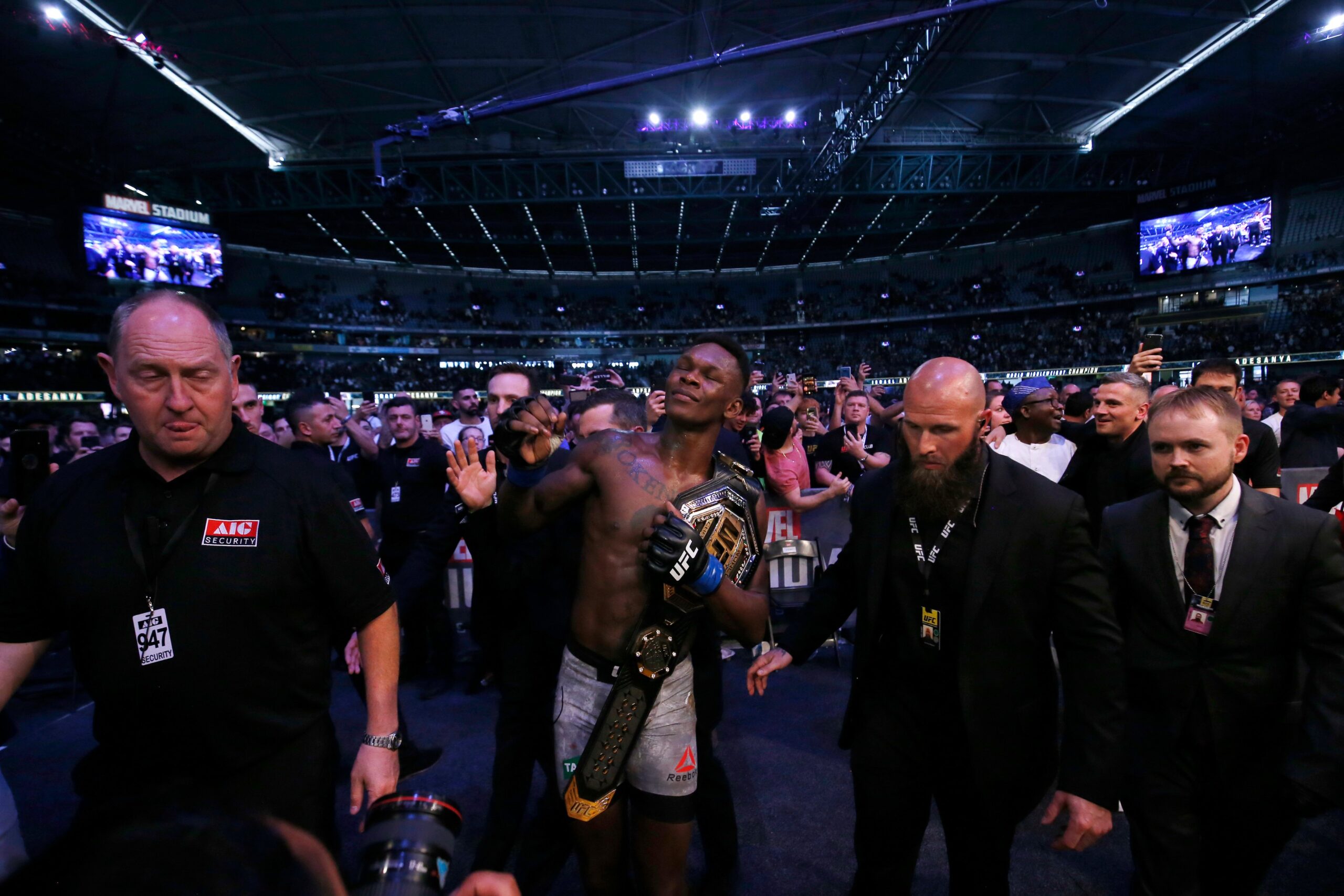
Less Than Two Years In, Adesanya a Bonafide Superstar
October 6, 2019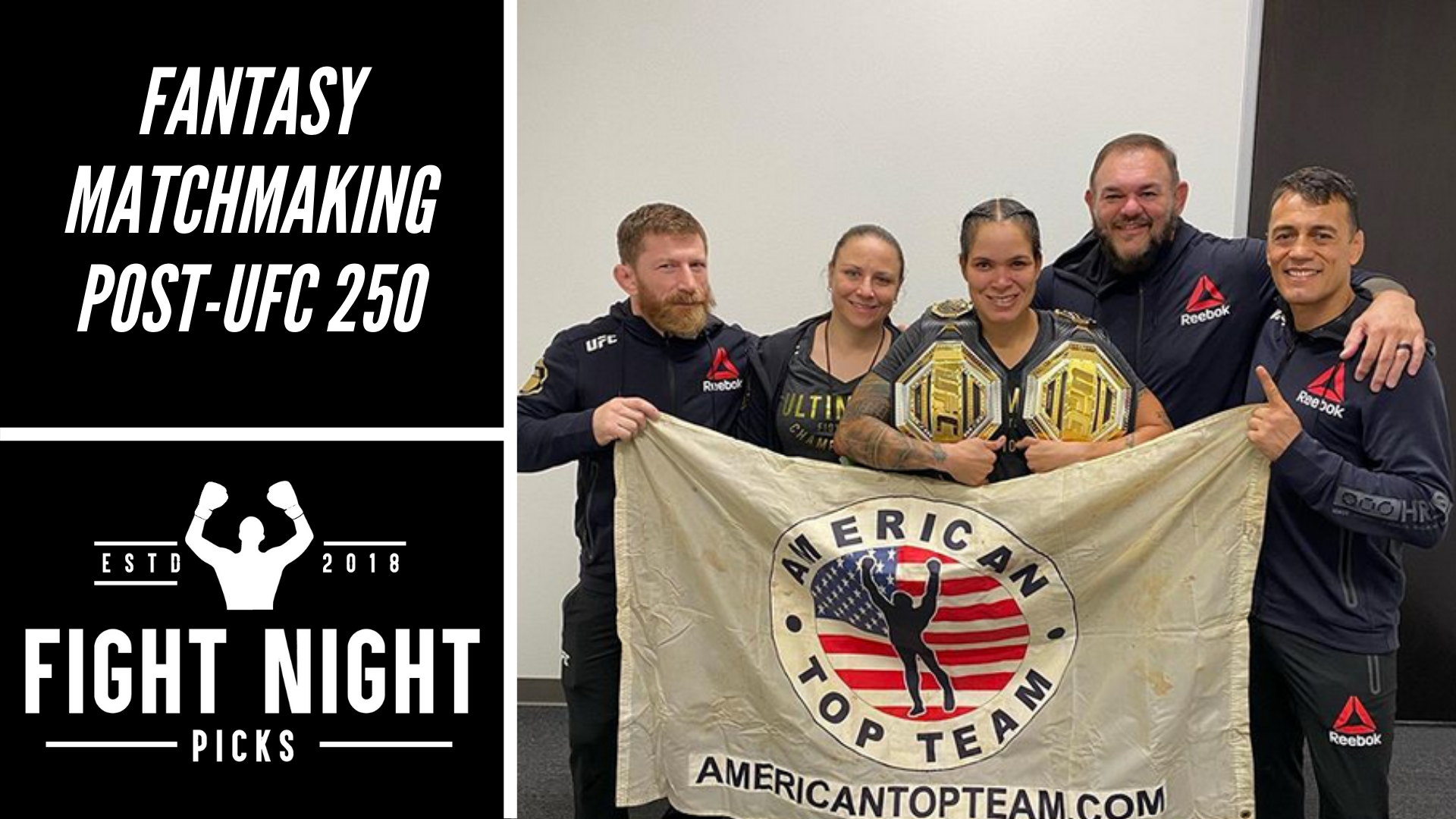
Fantasy Matchmaking Post-UFC 250
June 11, 2020
